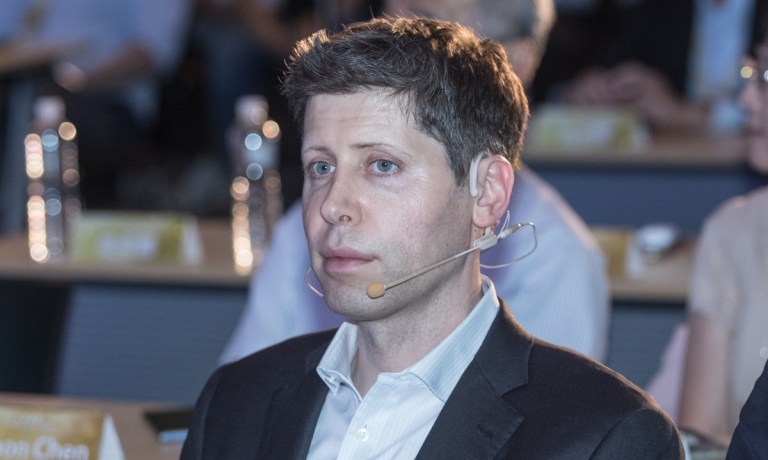At least $1 billion, according to a report by The Information, which listed that amount as what Altman, CEO of OpenAI, and his partner, Jony Ive, Apple’s former design guru, are seeking from investors. The site said the venture could get funding from Emerson Collective, which is a venture capital firm founded by Laurene Powell Jobs.
While the precise nature of the device is unclear, it will not resemble a smartphone, the report said. The effort was first reported last fall, but the latest story indicated that discussions — with Thrive Capital and venture capital group Emerson Collective — are proceeding to move the company forward.
Writing about the effort last year, PYMNTS likened the project to the way Apple’s business model has always revolved around a close integration between hardware and software.
“This approach allowed Apple to control both the device and the operating system, ensuring a consistent and user-friendly experience, as well as facilitating the rise of subscription-based pricing models for apps and content, allowing users to pay on a recurring basis for access to premium services or content,” the October report said. “Similar pricing and operating model evolutions are already taking place in the AI ecosystem.”
The steep cost of AI, fueled mainly by the computing power AI models need, is a reality that businesses need to face to stay competitive. Estimates from analysts showed that Microsoft’s Bing AI chatbot, powered by OpenAI, requires at least $4 billion of infrastructure to perform its tasks.
Advertisement: Scroll to Continue
“Managing these costs could lead to the development of new business models, or the transformation of existing ones, as businesses look to pass on both costs and cost-savings to end-users through dynamic pricing strategies,” PYMNTS wrote.
In a separate report, PYMNTS noted that the AI landscape is growing more crowded and competitive, making it tougher for companies to get their own AI products into the hands of consumers.
“Building an AI hardware device may give OpenAI an edge,” the September report said. “The firm currently relies on Apple and Android phones to run its apps, and browsers housed in a variety of computer manufacturers’ casings to run its software.”
For all PYMNTS AI coverage, subscribe to the daily AI Newsletter.

